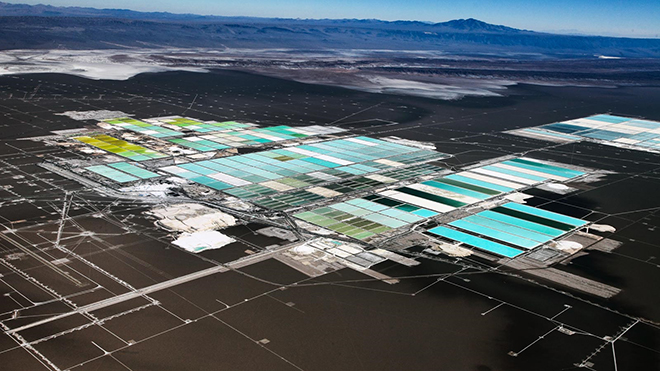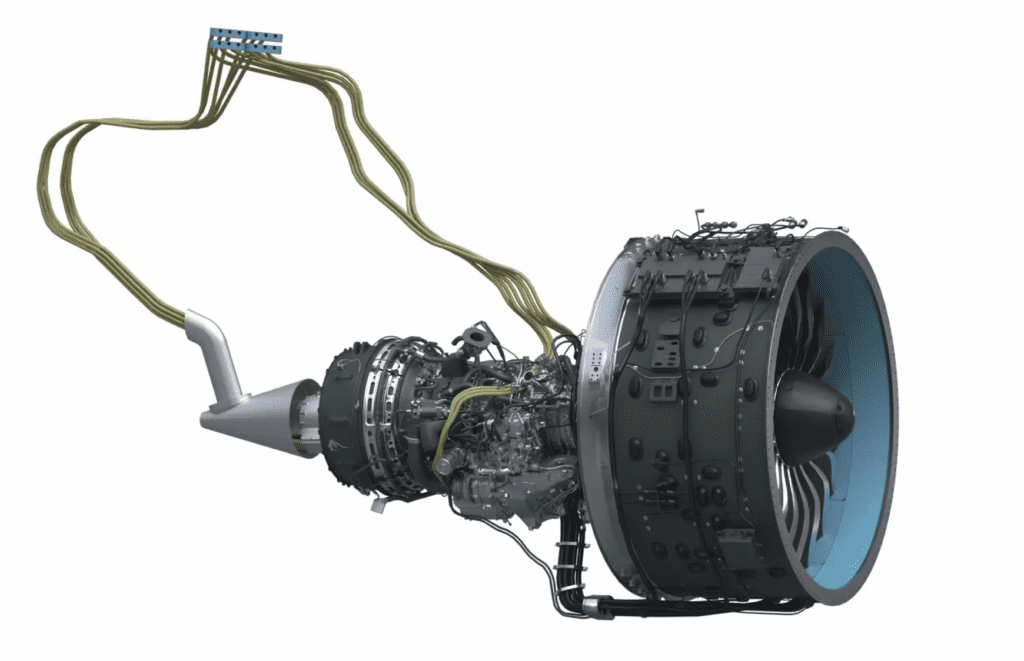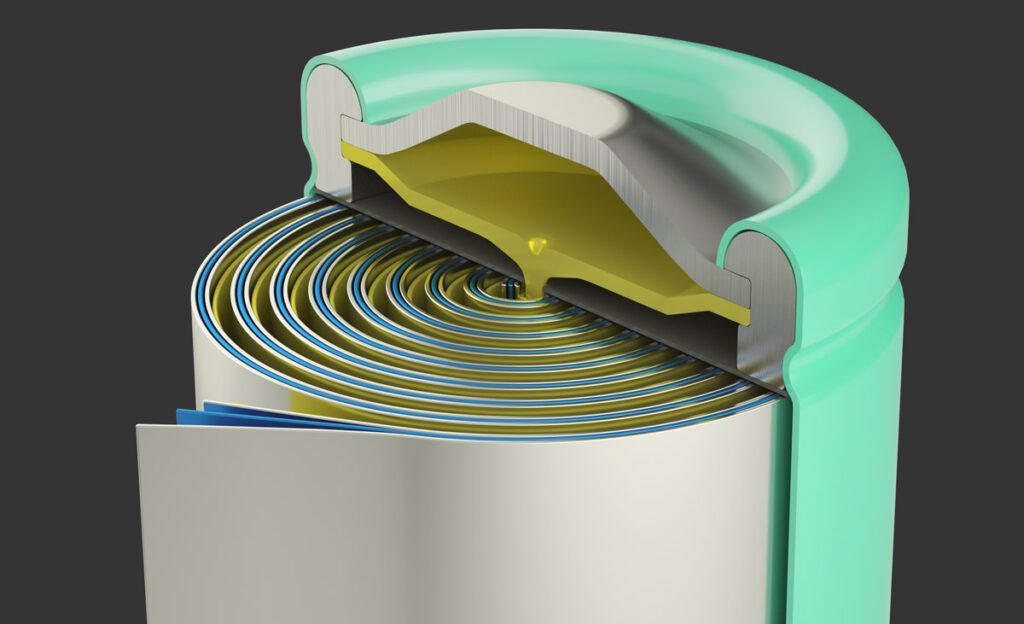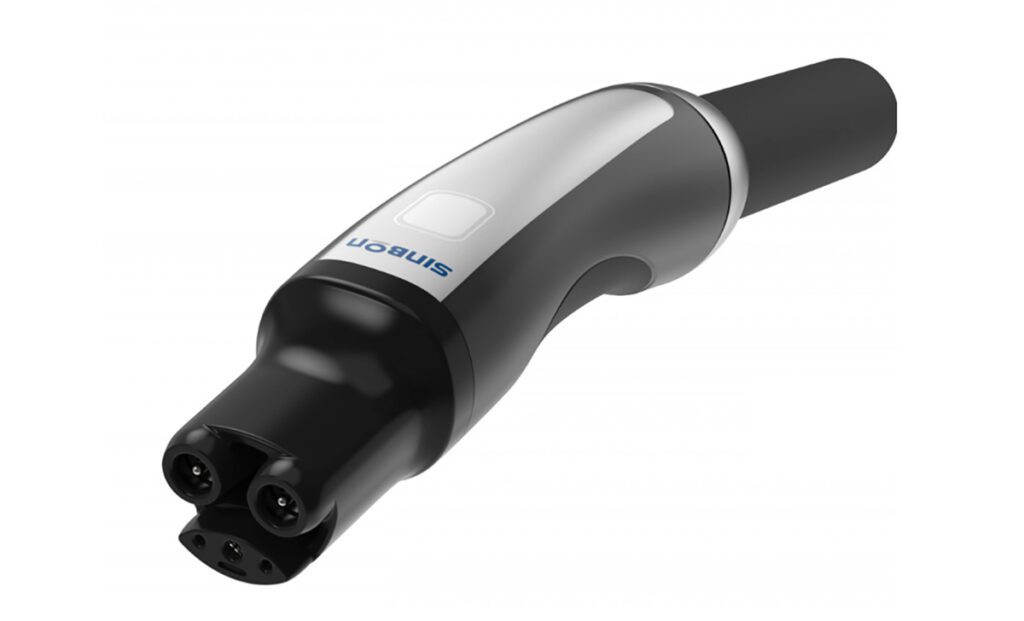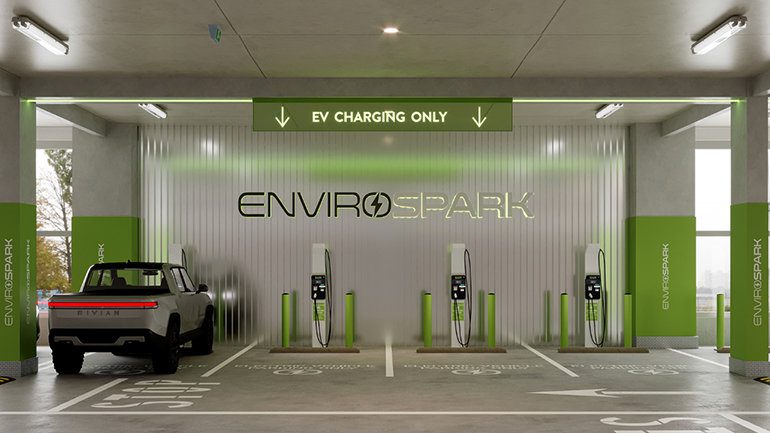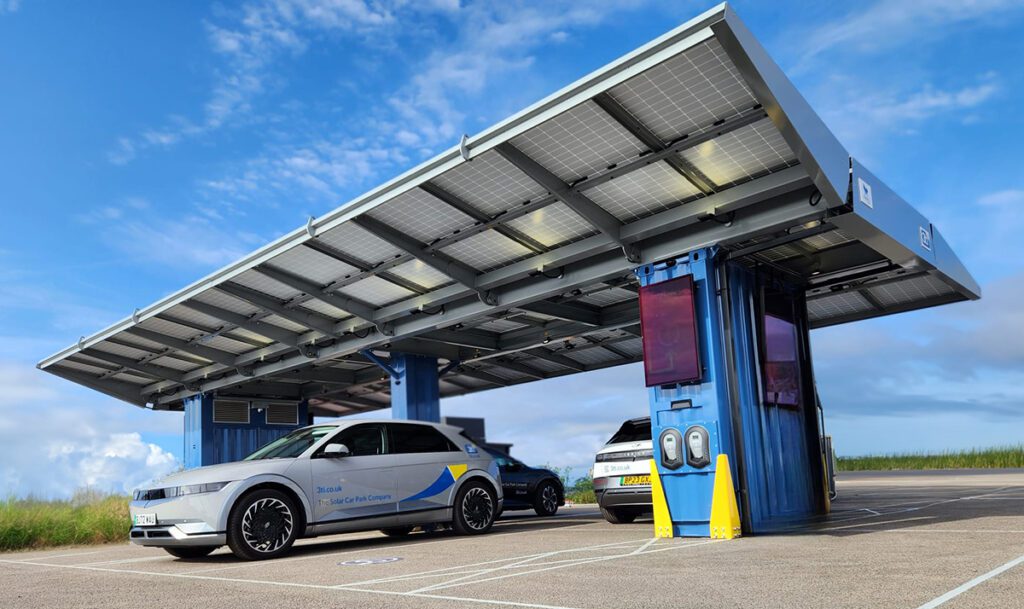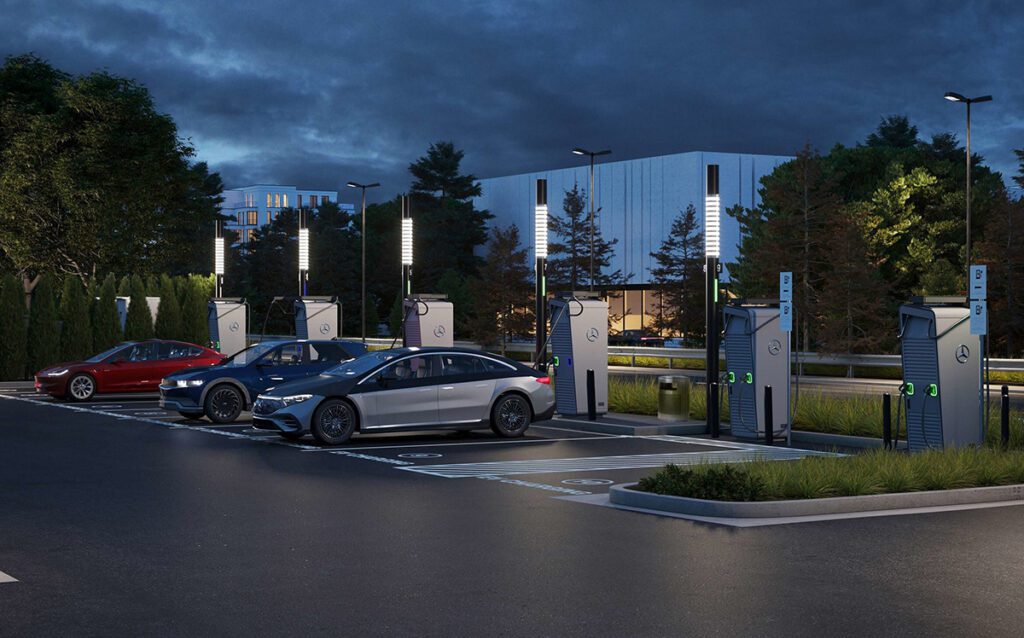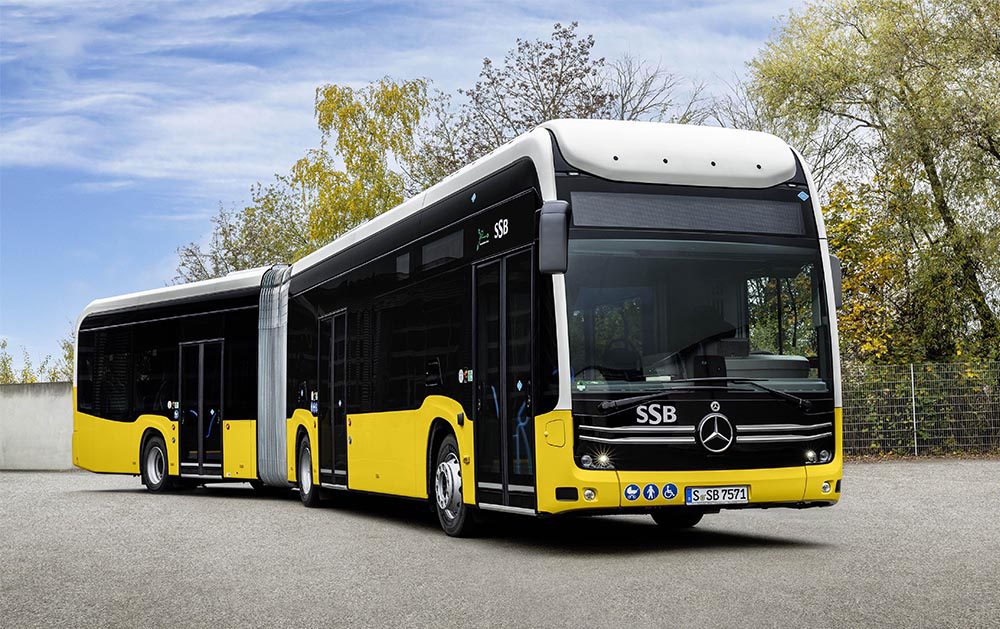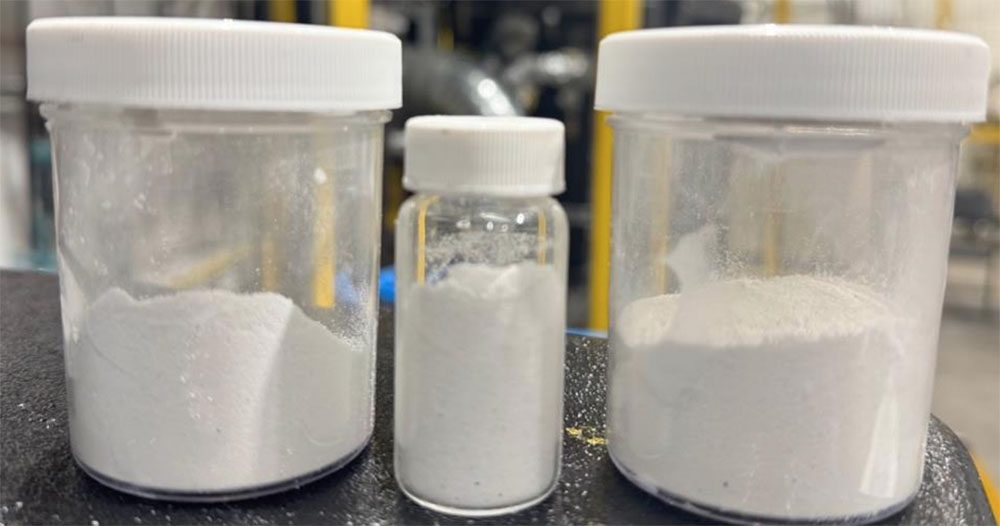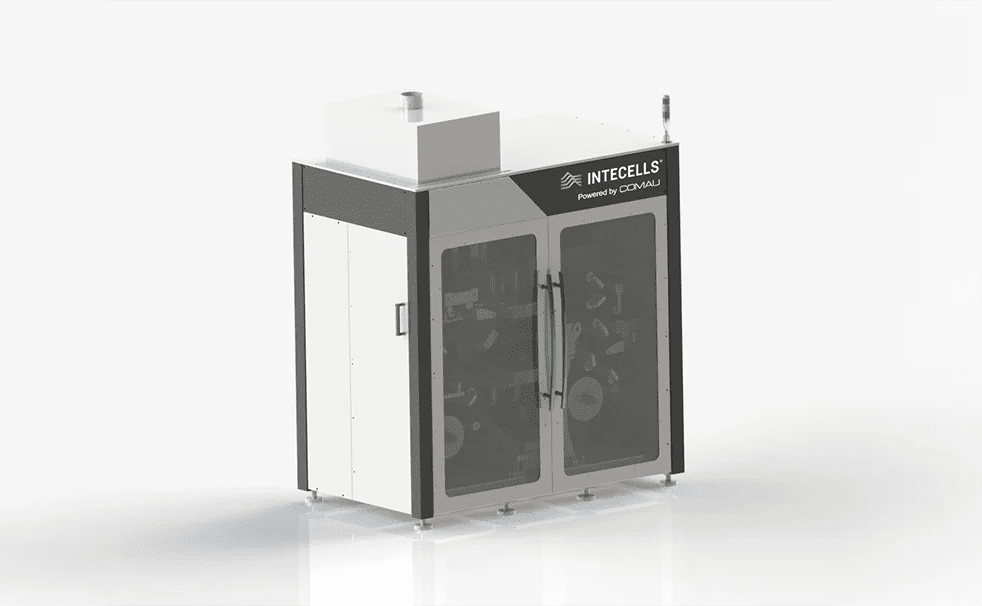A new paper from Argonne National Laboratory (ANL) analyzes the process of extracting lithium from brine.
In “Energy, Greenhouse Gas, and Water Life Cycle Analysis of Lithium Carbonate and Lithium Hydroxide Monohydrate from Brine and Ore Resources and Their Use in Lithium Ion Battery Cathodes and Lithium Ion Batteries,” published in the journal Resources, Conservation & Recycling, the researchers explain how they modeled brine-based lithium extracted from the Salar de Atacama, a large salt flat in northern Chile.
The lithium is naturally dried in large ponds to evaporate the water, concentrate the lithium and remove impurities. Materials and energy are later added to produce lithium carbonate and lithium hydroxide. These two end products are shipped worldwide to battery cathode producers that process them into a variety of battery materials.
The formal analysis used Argonne’s open-source modeling tool, GREET (Greenhouse gases Regulated Emissions and Energy in Technologies), and incorporated detailed data from the Chilean firm SQM. The researchers augmented their data by modeling ore-based lithium extracted from spodumene ore in Western Australia.
“The results show that concentrated lithium brine and its related end products can vary significantly in energy consumption, greenhouse gas emissions, sulfur dioxide emissions and water consumption, depending upon the resource allocation method used,” Jarod Kelly from Argonne explained.
Source: Argonne National Laboratory







